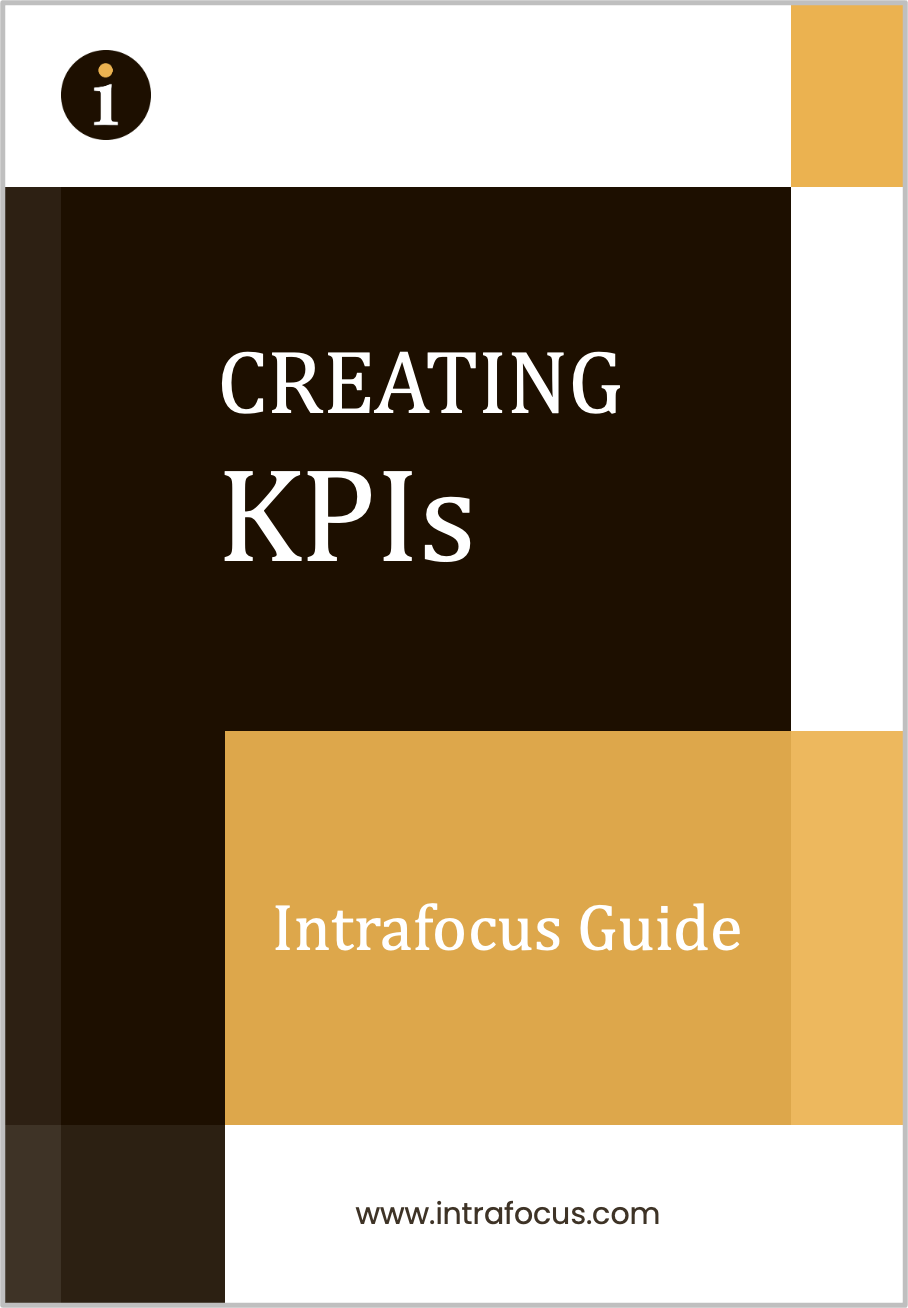There are two things that individual’s want more than anything else from their working lives. The first is to feel valued, to be praised often and to be told they are doing a good job. Survey after survey has demonstrated that to feel valued is more important than being paid for what you do. The second is to know that the company or organisation they are working for will be around for the long-haul and that their job is secure.
It is interesting to note that the two things are related. Employee satisfaction can quickly break down if employees feel they are working in a vacuum. That is, that the work they are doing does not seem contribute to anything in particular and that they are not even a small cog in a much bigger engine.
One of the key failings found in medium to large organisations is the run-of-the-mill operational activities that are working efficiently are frequently left alone. The staff may be occasionally told they are doing a good job, but more often it is a case of “it’s not broken, so don’t fix it” and they are left to continue doing what they have always done. It is, of course, a good thing that they are working efficiently, but they still need the same attention as everyone else. They still want to feel valued. One way to do this is to keep them strategically informed.
Being strategically informed is more important than being told you have hit or exceeded a set of operational targets. Where you can take pride in hitting a target month on month, to be told that you have contributed to the company’s strategic future carries much more weight overall. If you can see that you have contributed to the longevity of your company, you will begin to believe that your actions will help secure your job for the future.
Publishing strategic results at all levels therefore becomes an important internal communications activity. A company or organisations strategic results become the property of the whole company or organisation and not just a management activity.
A by-product of publishing strategic results in this way is it forces everyone to think about what part they are playing in the company/organisation strategy. It quickly identifies gaps. Where managers may have said “it’s not broken, so don’t fix it” staff within a specific area are more likely to say, “Why isn’t my area contributing to the strategy?” There may be good reasons, but now the discussion is being had by people who want to be involved and good creative actions may come out of it.
How do you keep the workforce strategically informed? By ensuring the processes and tools are in place to automate strategic planning and management. Gone are the days when this was a management, or worse still a consultant’s, activity undertaken behind closed doors and recorded as spreadsheets, presentations and documents. There are many software tools available today that not only provide the means to record and assign ownership to strategic objectives and performance measures but also provide sophisticated communications tools to make strategic activities as transparent and accessible as is required in today’s workplace.


